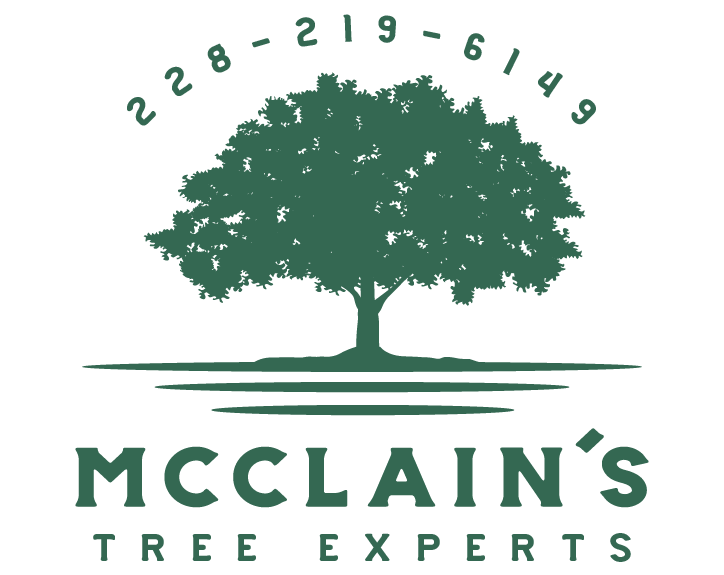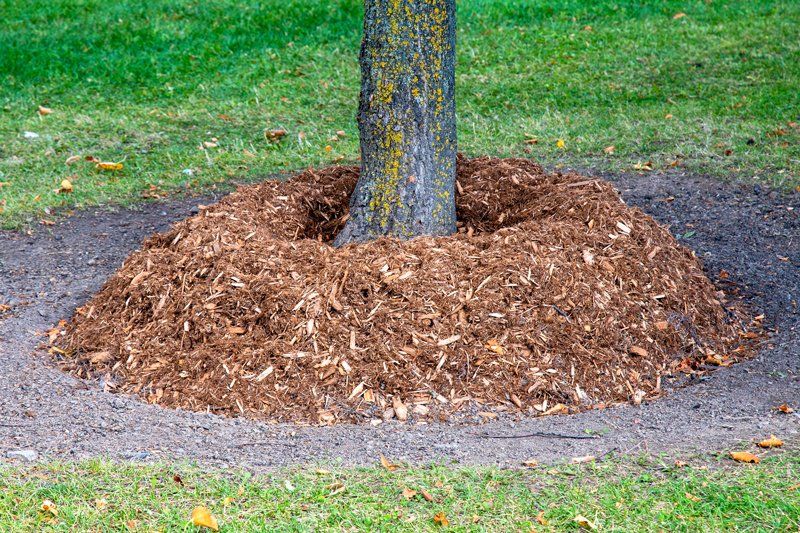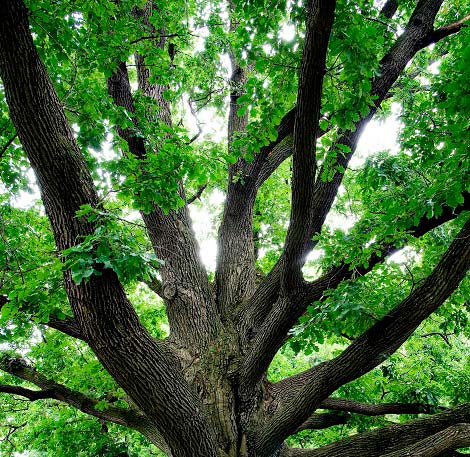Trees After a Flood: What to Know
Living along the Gulf Coast often means living with hurricanes, weaker tropical systems, and strong storms. All of these can lead to flooding in your yard and to possible damage to your trees. The sight of water flooding a garden as a hurricane pushes a storm surge through is not only scary but also confusing, as now you usually have to figure out just how damaged your plants really are.
The ability of the trees in local yards to survive these floods can vary depending on the type of tree and the severity of the flood. Homeowners need to know how floods can damage trees and how those trees can be saved. Otherwise, the homeowners face serious risks from damaged trees collapsing.
Why Is Flooding so Serious for Trees?
Floodwaters that stick around, as well as saturated soil, can cut off the oxygen supply to the trees' roots. They also reduce the roots' ability to absorb nutrients from the soil. The longer the flooding goes on, the worse the oxygen and nutrient deprivation.
Flooding can also wash away topsoil, exposing and destabilizing roots. This is especially bad for trees with shallow root systems as they don't have much anchoring them in the soil to begin with.
How Long Can Trees Last in Floodwaters?
The length of time that the trees or parts of the trees are submerged is key. In spring, and in warm weather, you're often looking at one to two weeks of being submerged before the tree starts to have difficulty.
Even in hurricane season, a flood or storm surge may not last that long when a typical system blows through. However, resulting flooding can last a long time, as it did when Hurricane Harvey hit Houston in 2017. Most of the city was flooded for several days, with some areas flooded for a longer time.
What Signs Indicate a Problem?
Sometimes, damage is very visible as soon as the floodwaters recede. If a tree is leaning or unstable, it needs to be removed as soon as possible. If you see visible bark damage that covers more than 50 percent of the circumference of the tree, according to an article on tree recovery from the University of Nebraska-Lincoln, remove that tree.
Damage from a storm surge or flood can show up months or even years later, so you'll have to keep an eye on trees that seemed okay after the flood. You might have to wait for the next growing season to see how the trees are doing.
When the waters recede, if the trees seem to be in good shape and don't have to be removed, keep an eye on them for premature leaf drop, premature yellowing (changing leaf colors in seasons other than autumn), smaller leaves, and abnormal seed production.
How Can You Help Trees Regain Their Health?
Topsoil loss around roots isn't necessarily a death sentence. If a tree has become unstable, remove it; however, if the tree seems stable, cover the roots with more soil as soon as possible. In their article on tree recovery after flooding, the University of Nebraska-Lincoln says to not cover up all of the roots; leave a "visible flare" where the roots spread out from the base of the trunk.
Floodwaters might also actually deposit more sediment on the trees' roots. Remove this extra soil.
In either case, mulch the tree roots and water well for the next few years. Recovery is a long-term process.
Which Trees Are More Flood-Resistant?
If you want to add trees or replace ones that were damaged beyond saving, look at flood-resistant trees for your yard. Options include river birch, black tupelo, and baldcypress. Keep hardiness zones and moisture and humidity requirements in mind as some flood-resistant trees don't necessarily thrive in the humid conditions in Mississippi.
Don't struggle with helping trees recover after hurricanes, flooding, and other storms. Have a tree care service like McClain's Tree Experts inspect the trees and help monitor them over the years to ensure that they all stay healthy and recover nicely from their time in the water.




